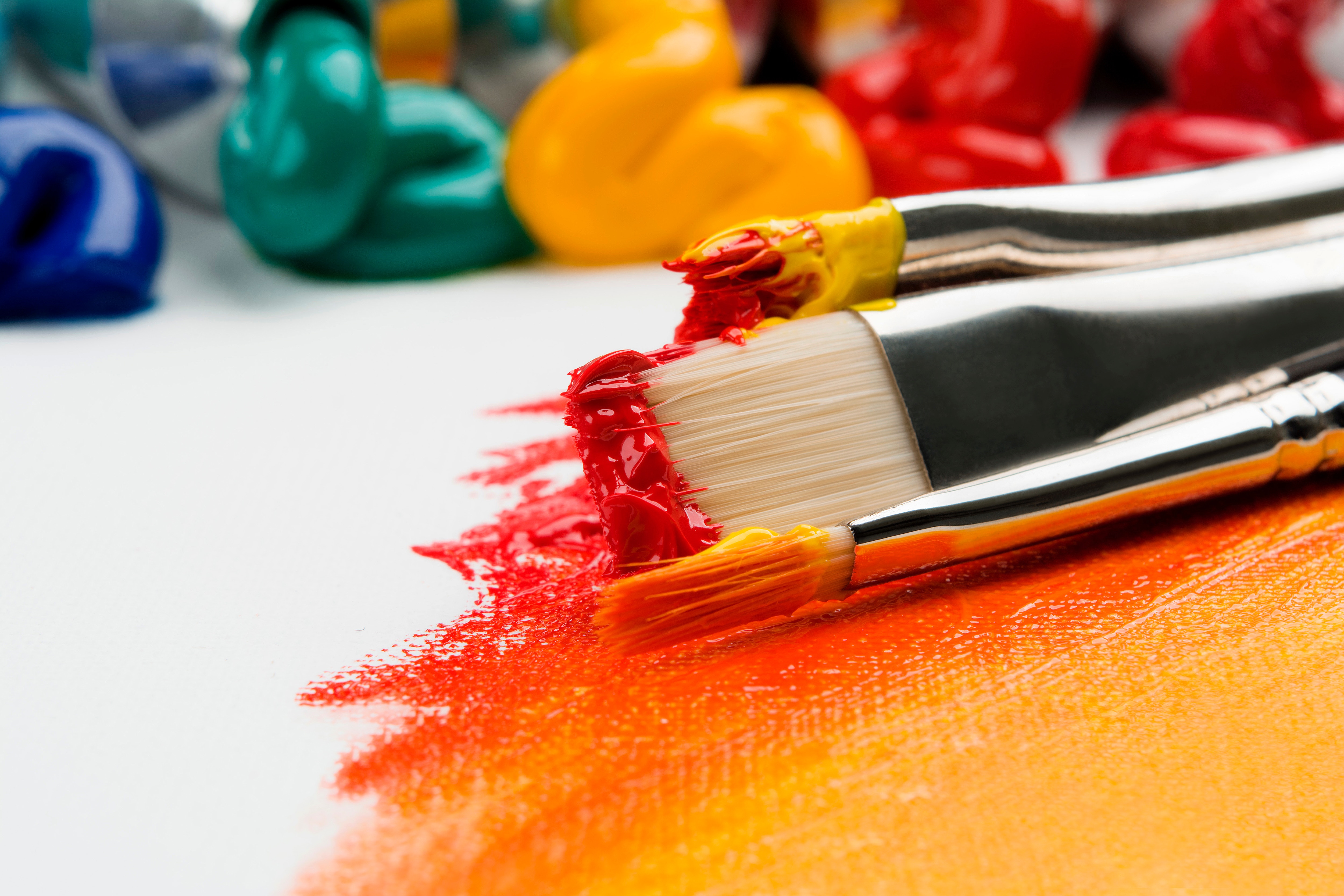
Clinical research has identified strengths and weaknesses in treating mental illness with medication so the field is ripe for alternatives. A focus on art therapy programs such as ‘Arts on Prescription’ are developing a growing recognition of potential benefits for mental health. And 'Arts for the Blues – A New Creative Psychological Therapy for Depression', recently shared results from a pilot study, reporting positive results of art therapy. Based on this research, I invited experts to provide insight into how art therapy benefits people struggling with mental health concerns.
Christine Scott-Hudson, MA MFT ATR, Owner of Create Your Life Studio sees many benefits of art therapy, especially for clients who have experienced trauma. "Many clients find that the art process helps them access memory in a way that feels less immediate and safer. The artwork provides a layer of healthy ego defense from the traumatic memory," says Scott-Hudson.
She talks about how traumatic memories are stored in the area of the brain responsible for keeping us safe. "Embedded in these traumatic memories are the visceral components; the five sense memories (sight, smell, sound, taste, touch), and the emotional, symbolic, and other sensory experiences that were felt at the time of the traumatic event.”
This is where art therapy can assist clients in processing these memories. "Art therapy helps to access these visceral, five sense components of memory in ways that can be deeper than language, that can even go beyond language. Trauma can happen pre-verbally, or in silence, or even when words failed to express what was happening," says Scott-Hudson.
It does more than address our emotional state and memories, it aids our mind-body connection. “Art therapy helps the body-mind soothe and regulate, from the bottom of the brain to the limbic system, the emotional brain, and eventually bringing the frontal lobes of logic and reasoning online. Our bodies and minds are designed to shut off anything extraneous during a crisis, to keep us safe. The artwork of art therapy meets the client where they are, even if they are in a dysregulated state. From there, we can better create the safety required to even begin the process of trauma healing," adds Scott-Hudson. Only when this is balance is restored can therapists do deep work with their clients.
Adina Mahalli MSW, a consultant for Maple Holistics specializing in trauma therapy, also sees the advantage of art therapy in trauma work. “For someone who has trouble opening up or putting their feelings into words, this type of therapy provides another outlet for expression. Art therapy also allows people to reveal their subconscious thoughts, enabling an awareness about things that might otherwise go unnoticed."
Jodi Rose Gonzales ATR, NCC, RYT200 is a credentialed art therapist who highlights additional benefits of art therapy beyond specifically addressing trauma. She points to research on how art therapy reduces the production of cortisol, a stress hormone and studies that demonstrate a shift in brain wave patterns can leave the participant feeling calmer and more at ease. She explains that “art making can calm the nervous system, and this is one reason why art therapy coloring books are so effective at reducing stress.”
But this does not mean people can self-treat through art therapy and encourages people to work only with a licensed provider. Gonzales notes “art therapy coloring books are not truly therapeutic. And art-making itself is not necessarily therapeutic and can have contraindicated results if 'therapeutic' art-making is not facilitated by a trained, credentialed art therapist. Certain materials can be triggering for individuals, especially those who have a diagnosis of PTSD or who have a history of trauma. Some materials can also trigger behavioral issues in certain populations; opening up feelings or behaviors that a participant is not able to manage. Credentialed art therapists have masters-level training that mirrors psychotherapy. Additionally, we are trained to use materials prescriptively.”
The answer to the question posed in the title is "Yes, art therapy does work" under the supervision of a trained provider. Creativity can put in words things that are not easily verbalized and balance the mind-body connection. Gonzales sums up by saying “This is an especially powerful resource for individuals who have issues too complex to express through words: they can create an object or image, and then describe what it represents. This makes talking about, or processing, an issue much easier to manage for many participants. Further, the artwork itself holds great importance as the participant experiences the subject of their artwork accepted by another person."
Tina Arnoldi, MA is a marketing consultant and freelance writer in Charleston SC. Learn more about her and connect at TinaArnoldi.com